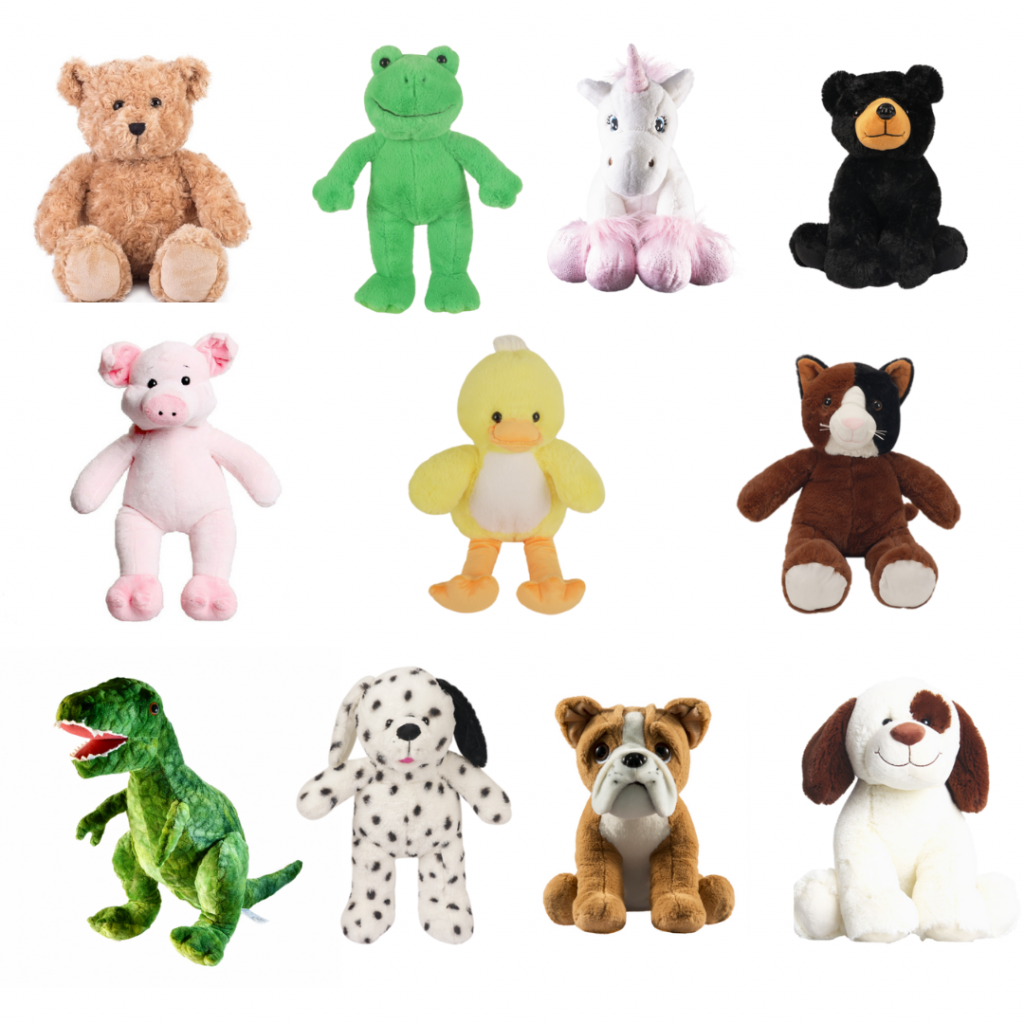Mindfulness into Everyday Life
Mindfulness added into everyday life, a practice rooted in ancient traditions, has gained immense popularity for its profound benefits on mental and physical well-being. Especially, incorporating mindfulness into daily activities transforms ordinary moments into opportunities for peace and clarity. Moreover, this article offers practical tips on integrating mindfulness practices into everyday routines, shares anecdotes demonstrating positive outcomes, and highlights useful mindfulness apps and resources.
Mindful Eating
Mindful eating involves fully engaging your senses while eating. This practice encourages you to appreciate each bite and recognize your body’s hunger and fullness signals.
Tips for Mindful Eating:
- Eat Without Distractions: Avoid screens and multitasking during meals. Focus solely on your food.
- Savor Each Bite: Chew slowly and pay attention to the flavors, textures, and aromas of your food.
- Listen to Your Body: Recognize hunger and fullness cues to prevent overeating and enhance satisfaction.
Accordingly, incorporating mindful eating fosters a healthier relationship with food and improves digestion. Transitioning to mindful eating gradually can make a significant difference in your overall well-being.
Mindful Walking
Mindful walking transforms an everyday activity into a meditative experience. Consequently, this practice involves focusing on the sensations of walking and being present in the moment.
Tips for Mindful Walking:
- Choose a Peaceful Path: Find a quiet place where you can walk without interruptions.
- Focus on Your Steps: Pay attention to the sensation of your feet touching the ground with each step.
- Engage Your Senses: Notice the sights, sounds, and smells around you. Stay present with each step.
Mindful walking reduces stress and increases awareness of your surroundings. Also, practicing this regularly can enhance your sense of connection to the world.
Mindful Working
Mindfulness at work boosts productivity and reduces stress. So, incorporating mindfulness into your workday involves focusing on tasks with full attention and taking mindful breaks.
Tips for Mindful Working:
- Start Your Day with Intention: Begin your workday with a few minutes of mindful breathing or meditation.
- Take Mindful Breaks: Pause every hour to take a few deep breaths and refocus.
- Single-Task: Focus on one task at a time, avoiding multitasking to enhance efficiency.
Mindful working improves concentration and job satisfaction. Consequently, employees who practice mindfulness report lower stress levels and higher productivity.
Anecdotes and Case Studies
Consistent mindfulness practice leads to transformative outcomes. For instance, Sarah, a marketing executive, integrated mindfulness into her daily routine and experienced significant reductions in work-related stress. She began each morning with ten minutes of mindful breathing and practiced mindful walking during her lunch breaks. Over time, Sarah noticed improved focus and a greater sense of calm.
Another case is John, a high school teacher, who introduced mindful breathing exercises to his students. The practice led to a noticeable improvement in classroom behavior and academic performance. Students reported feeling more relaxed and attentive during lessons.
Mindfulness Apps and Resources
Several mindfulness apps and resources can support your journey towards a more mindful life:
- Headspace: Offers guided meditations and mindfulness exercises for various needs.
- Calm: Provides meditation sessions, sleep stories, and breathing exercises.
- Insight Timer: Features a vast library of free meditations and mindfulness talks.
- 10% Happier: Focuses on mindfulness and meditation with practical, real-life applications.
In addition to apps, numerous books and online courses offer valuable insights into mindfulness practices. “The Miracle of Mindfulness” by Thich Nhat Hanh and “Wherever You Go, There You Are” by Jon Kabat-Zinn are excellent starting points.
Conclusion
Incorporating mindfulness into daily activities like eating, walking, and working can transform your life. Additionally, these practices foster a deeper connection with yourself and the world around you, promoting peace and balance. Whether through practical tips, inspiring anecdotes, or reliable resources, the journey towards mindfulness is accessible to everyone. Embrace these practices and experience the profound benefits of a mindful life.






